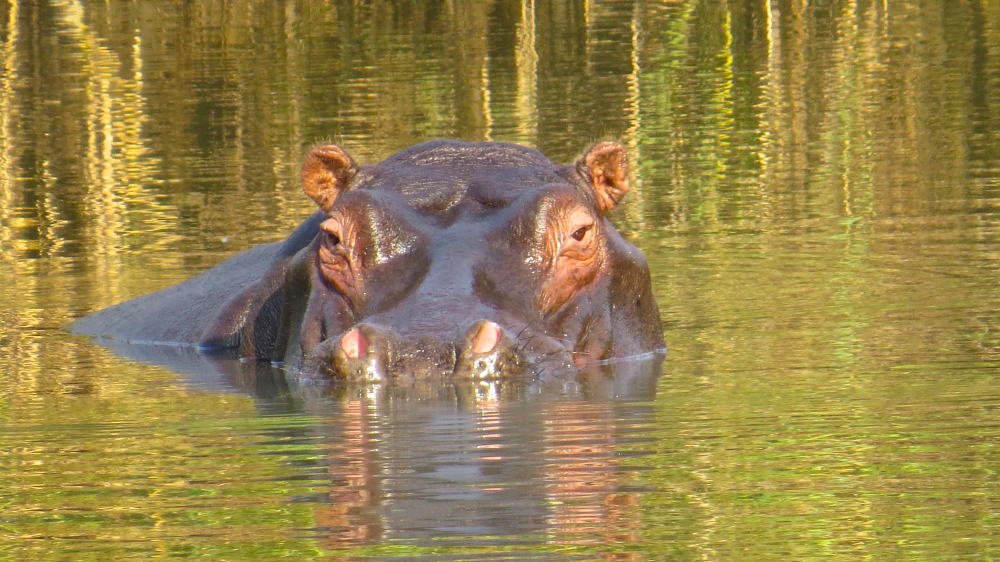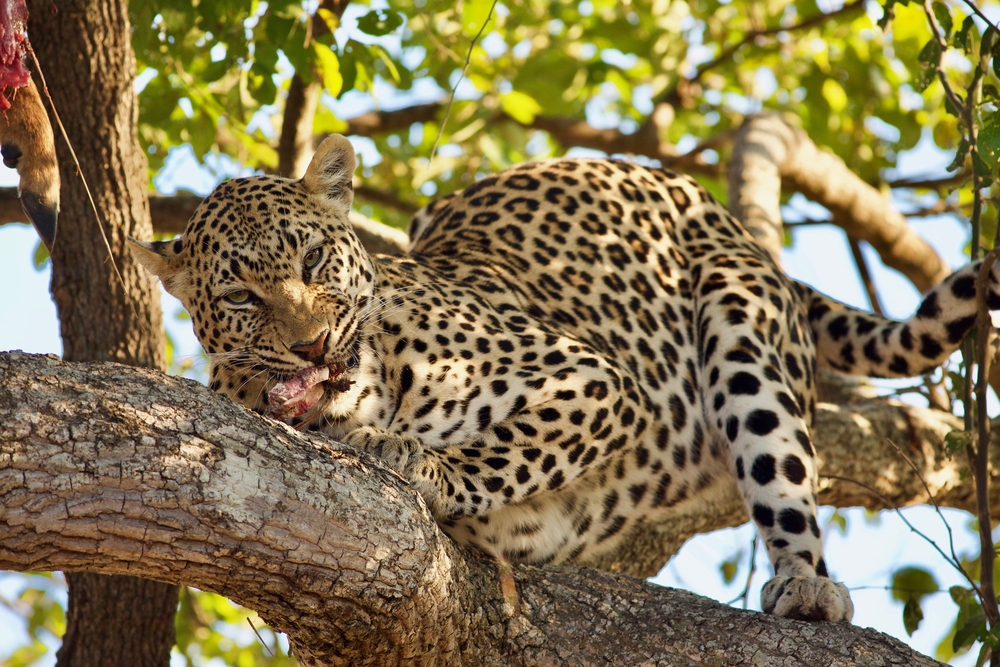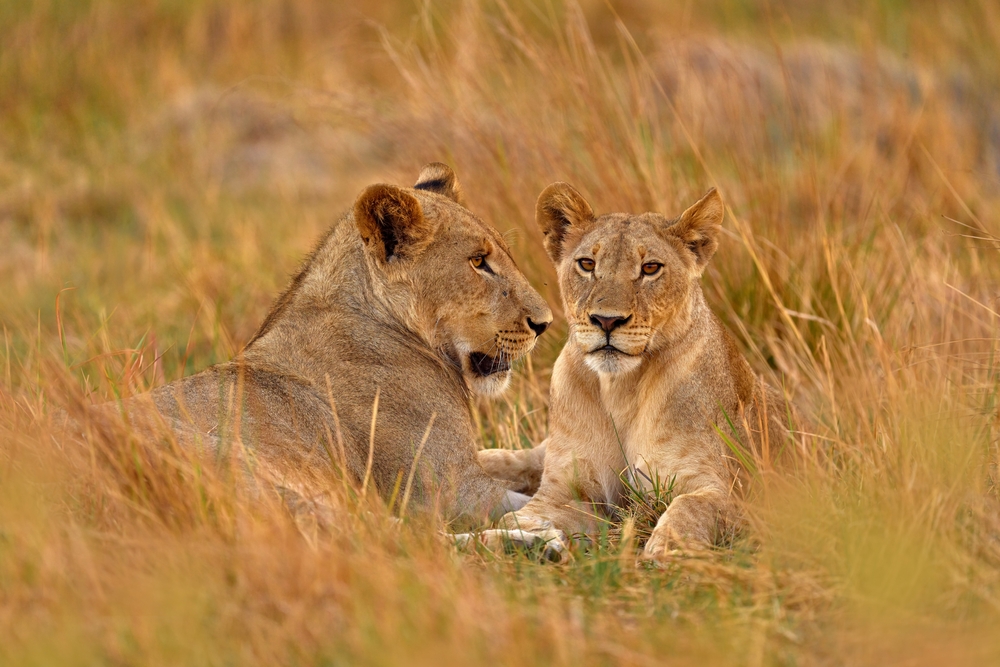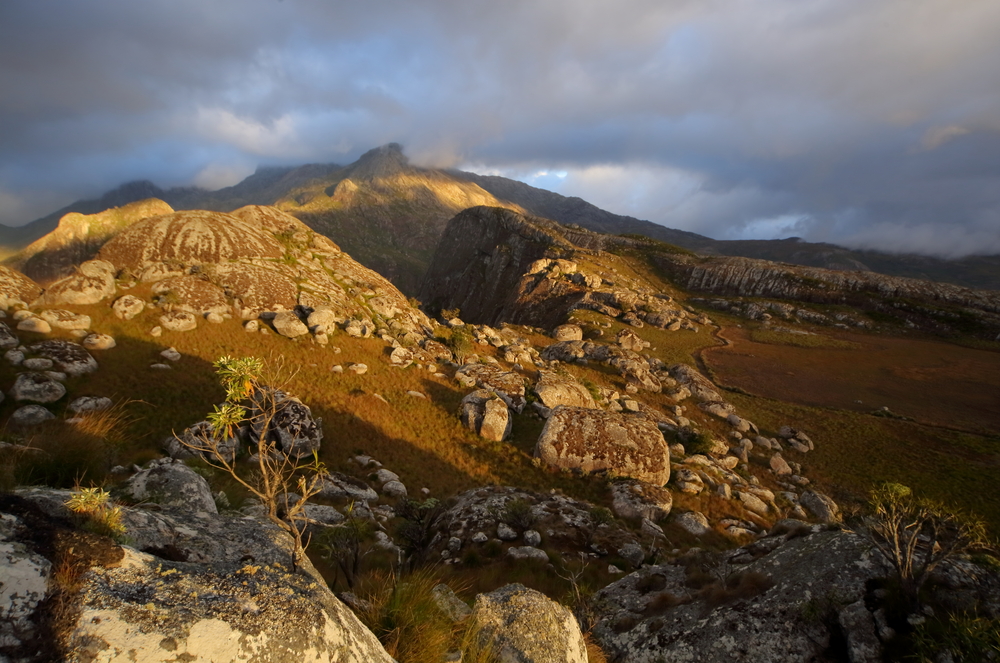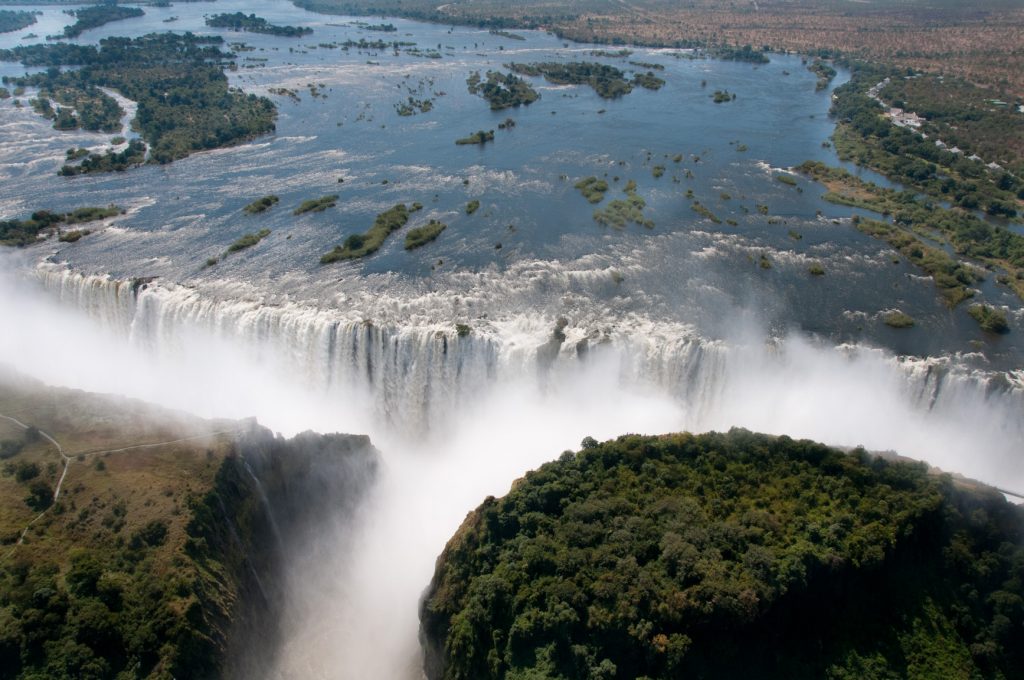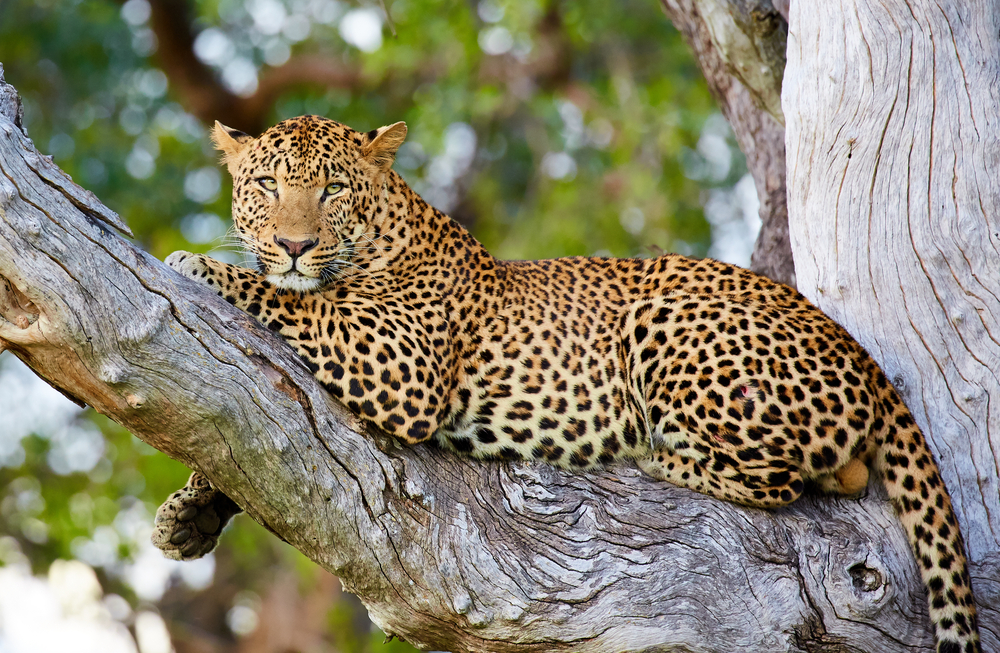Kasanka Overview
Kasanka National Park, known locally as Paki ya Kasanka, is a small yet ecologically significant protected area located in Zambia’s Central Province. Covering approximately 390 square kilometers (150 square miles), it is one of Zambia’s smallest national parks but is celebrated for its incredible biodiversity and unique natural spectacles. Kasanka is situated near the border with the Democratic Republic of the Congo and is part of the greater Bangweulu ecosystem, a region renowned for its wetlands, lush forests, and rich wildlife.
The park’s terrain is a diverse mix of habitats, including evergreen swamp forests, seasonal wetlands, open dambos (grassy plains), and miombo woodlands. Rivers and lakes weave through the park, with the Luwombwa River serving as a prominent water source for the area’s flora and fauna. The varied landscapes provide a haven for wildlife, making Kasanka a paradise for nature lovers and wildlife enthusiasts alike.
Kasanka National Park is most famous for hosting the world’s largest mammal migration—an awe-inspiring natural event where an estimated 10 million straw-colored fruit bats converge in the swamp forests between October and December. These bats, drawn to the abundance of wild fruits, take to the skies in swirling masses at sunrise and sunset, creating a breathtaking and unforgettable spectacle. The migration also attracts predators such as fish eagles, snakes, and crocodiles, which capitalize on the bounty of food during this extraordinary time.
Beyond the bat migration, Kasanka is home to an impressive variety of wildlife. Sitatunga, a rare and semi-aquatic antelope, thrives in the park’s swamps and is one of its signature species. Other notable animals include elephants, buffalo, bushbucks, and warthogs. The park is also home to primates like vervet monkeys and yellow baboons, while leopards and hyenas lurk in the shadows as apex predators. The waterways are teeming with hippos and crocodiles, further enriching the park’s biodiversity.
Birdwatching in Kasanka is exceptional, with over 470 recorded bird species. The wetlands and forests attract a dazzling array of birdlife, including the African pygmy kingfisher, wattled crane, Ross’s turaco, and Pel’s fishing owl. The park is considered a premier birding destination in Zambia, particularly for avid bird enthusiasts seeking rare species.
Kasanka National Park’s conservation success is a testament to community and partnership-driven efforts. Managed by the Kasanka Trust, a non-profit organization, the park focuses on habitat restoration, anti-poaching initiatives, and sustainable tourism. Local communities are actively engaged in conservation, with education programs promoting the protection of natural resources and fostering environmental stewardship.
Visitors to Kasanka can enjoy guided game drives, canoe safaris along the Luwombwa River, and scenic nature walks through the swamp forests and plains. Elevated hides provide excellent vantage points for observing wildlife, particularly during the bat migration. Camping and eco-lodges ensure a comfortable stay while immersing visitors in the park’s tranquil and pristine wilderness.
In summary, Kasanka National Park is a remarkable destination, renowned for its unparalleled bat migration, rare sitatunga antelopes, and rich birdlife. Its commitment to conservation and diverse habitats make it a must-visit for eco-tourists and wildlife enthusiasts exploring Zambia’s natural wonders.








































































